The Role of Data in Marketing
Let’s explore data collection methods for the effective measurement of how our products and campaigns perform.
This is a huge topic, and very few people truly understand it.
All online analytics packages rely on two types of data collection:
- People
- Behaviour
To track people online, we use cookies, sessions or other stored identity data points. To track behaviour, we use two primary methods of data collection: click-stream data, and event-stream data. The latter (event-streaming) is poorly understood yet offers the greatest value.
In an age where the word ‘personalisation’ is thrown around like glitter at Sydney’s Mardi Gras, event-based marketing is the backbone of this technology. Very few marketers understand the event stream, let alone realise that it probably already running on their very own website or app. For example, Facebook’s marketing platform relies on the event-stream.
Tracking User Identities
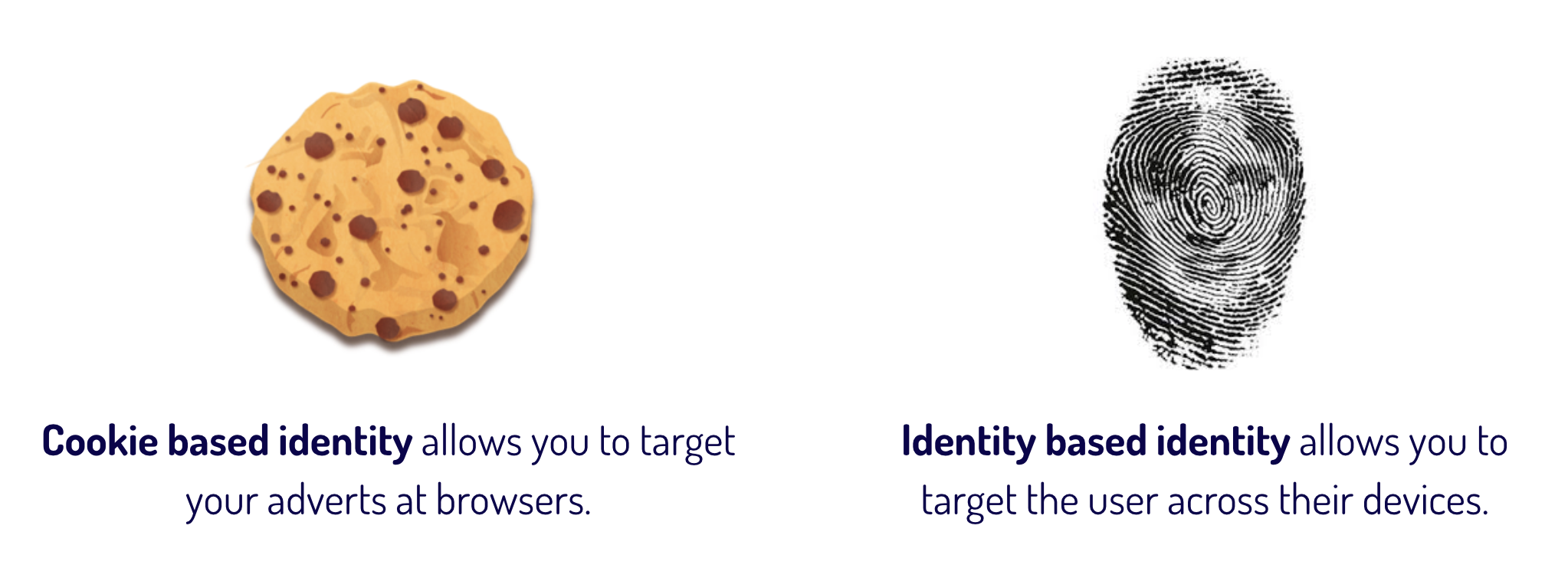
In order for data to be of value to the marketing and product development processes, we first need to be able to identify the unique people (both known users and anonymous users) on our app or website.
There are two common methods to track and identify a user: Cookies or Identity.
- Cookie-based identities which allows us to target a web browser or device.
- Identity-based identities which allows us to target a person.
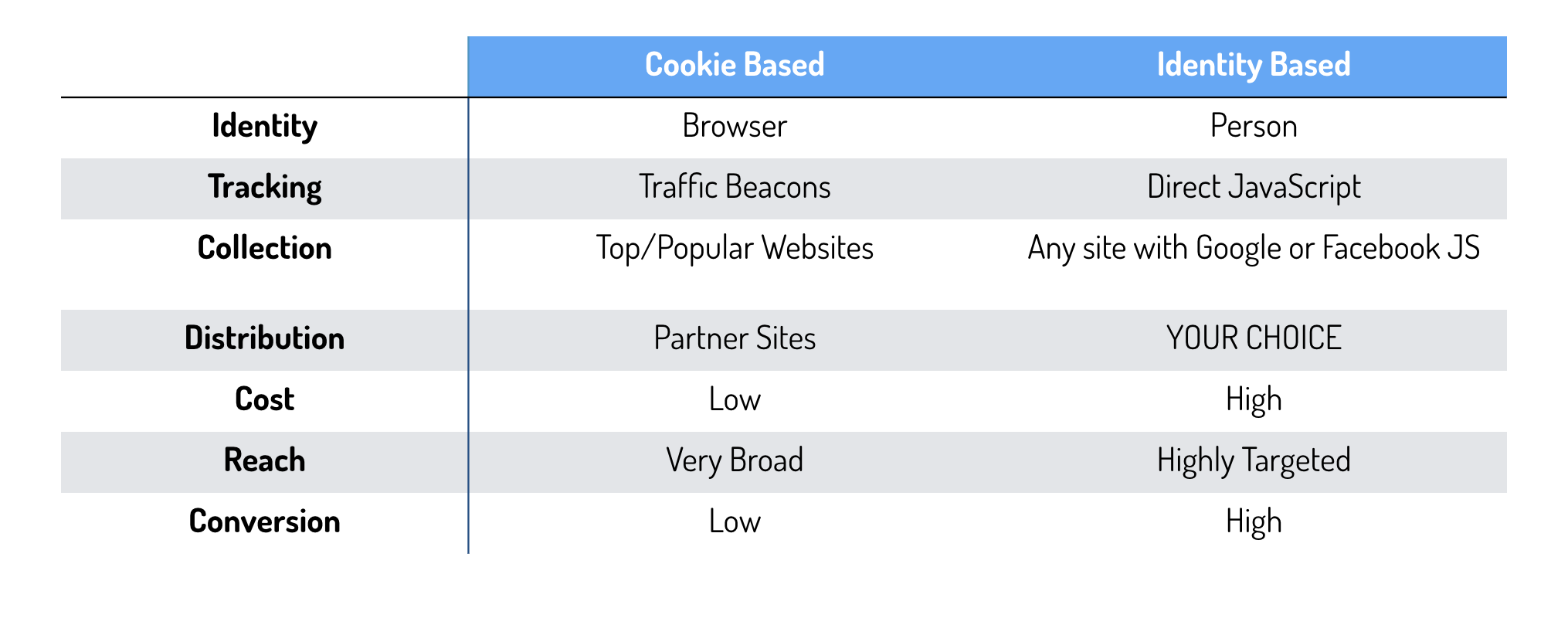
Most websites use both. But from a technical perspective, identity-based marketing is far superior.
Cookie Based Identities
When you visit a website, that website will store a number of cookies in your browser’s memory or storage.
A cookie is a small file, which contains information (key pairs of data) served by the web server and stored in your web browser’s memory as a text-like file. This file contains useful information that allows the website (or third-party script on the website) to remember who you are, your preferences, or other behaviour for future reference should you visit again at some stage in the future.
![]()
Cookie-based marketing also allows a browser user who has been on your site to be marketed to by an advertising service. If you have a third-party script like Google Analytics’ analytics.js installed on your website, you can set it up to also talk to Google Adwords. Google Adwords will then know if this user hasn’t converted in a way that you’d like them to, and will continue to market to that user across its network.
When visiting the AFL.com.au website above, over 30 cookies were dropped on my browser (many of which were third party).
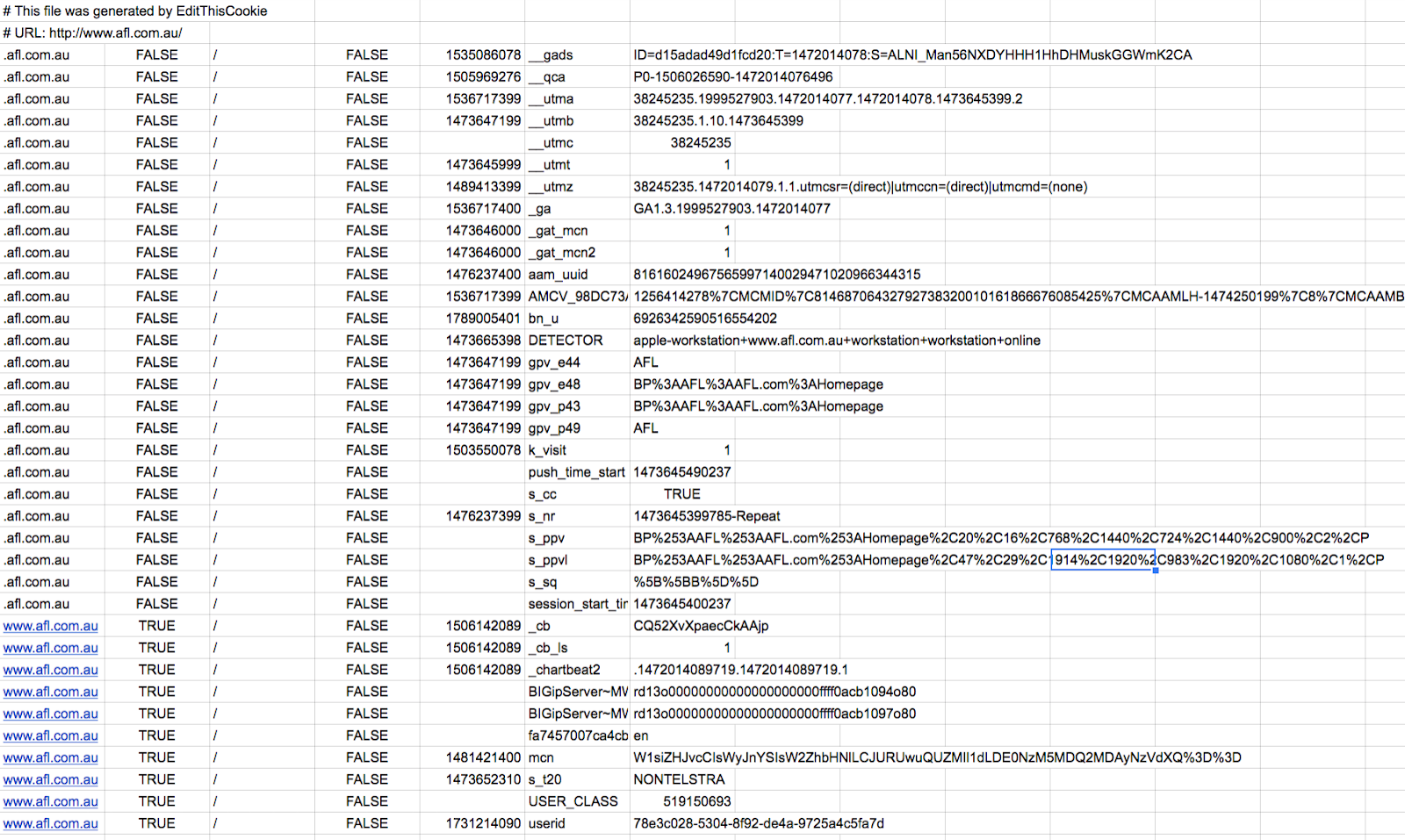
So, cookie-based marketing is useful for tracking users on your own website, with the intent of re-marketing to that user across an advertising partner’s ad network.
The problem with cookie-based marketing is that you are limited to tracking activity on one browser and on one device only. There are also huge limitations around cross-domain cookies authorisation, and the threat of the user clearing their browser’s cache (and your cookies along with it) at any moment.
Identity Based
Identity-based marketing however is built on the presumption that you, or someone else, knows who the user is (i.e. the user has a unique user ID). No matter where the user logs in and on what device, you know who they are. They’re more than a static web browser.
In your own product you have a system of keying user IDs (if your users can log in, you will), you will be able to identify this user uniquely and begin tracking every time they ‘do something’. We’ll get more into how that works (Javascript event-triggers) in the next section.
Identity-based marketing will always be superior in targeted reach. Firstly, because we can be much more confident about exactly who we’re tracking. Secondly, because all of the behavioural data being collected is being linked to them directly, not a browser.
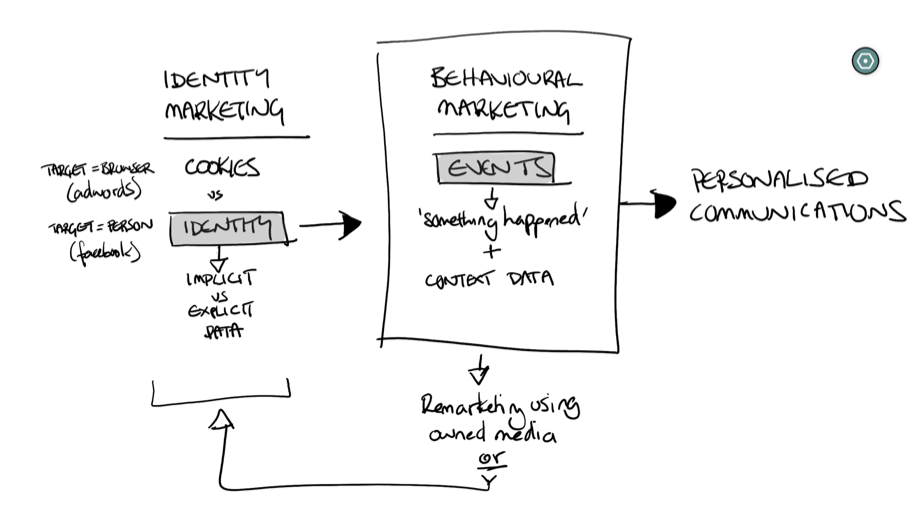
In fact, cookie-based marketing if often associated with the idea of ‘anonymous IDs’, as although the browser needs a string of characters to identify it in code, there’s a strong chance that the user is still anonymous.
So what exactly is being tracked?
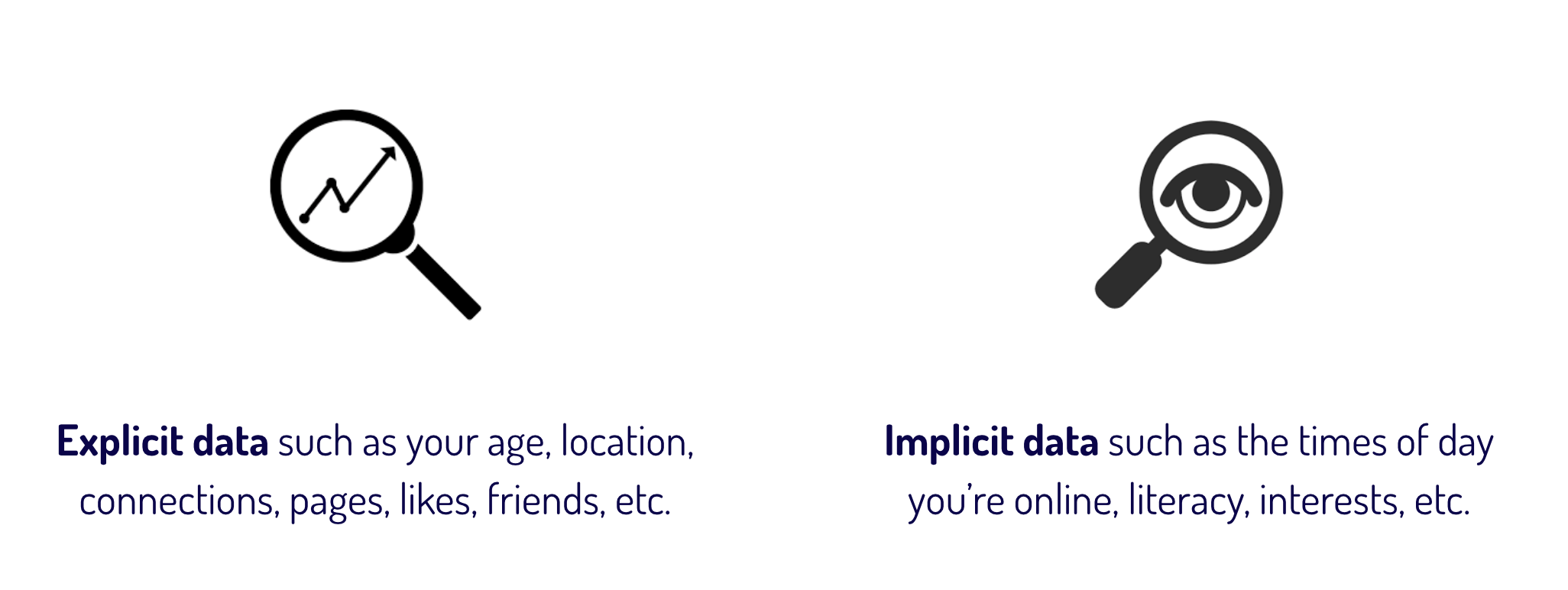
Identity Based Advertising
Because we’re always logged in to services like Facebook and Google, they provide a simple example of identity-based marketing. Have you ever noticed when you visit a website that Facebook is able to tell you how many of your friends have ‘liked this page’? It’s because you’re always logged in, they know the website you are on, and they use their javascript to determine (‘identify’) that you’re there.

Google takes this one step further by getting users to log into the Google Chrome web browser itself. This enables them to track movement and behaviour across every website you visit regardless of whether there is any Google javascript sitting on the websites you visit themselves. Whether Google does this or not is unclear, but technically it’s possible.
Most of the events that you will track against browsers (cookie-based) will be clickstream events, with some select event stream events (if at all). Cookie-based collection is often more clickstream-oriented purely because you are more interested in metrics about a user’s session, rather than the user’s profile. Identity-based marketing platforms will often put more effort into tracking the event stream because they can record engagement to a specific user, and engagement with specific features on a page far more easily.
For instance, Google Analytics largely tracks clickstream events, as it is primarily interested in statistics about your session or your client (by the way, “client” means the environment you are on: web, iOS, Windows 10, Android etc). Although it does also allow you to track event stream events in a limited way, you can’t feed a User-ID into GA along with those events because GA is not set up on the basis of user ‘profiles’. It merely groups events by User-ID for some better accuracy, with these user ids actually being browser ids stored in cookies.
![]()
In the same way that Facebook and Google can track users as they move across the web, you can use identity-based marketing to track your users as they move across your app or your website.
Now that we know how to track our users, let’s take a look at how we track what they do (their behaviour).
The Event-stream
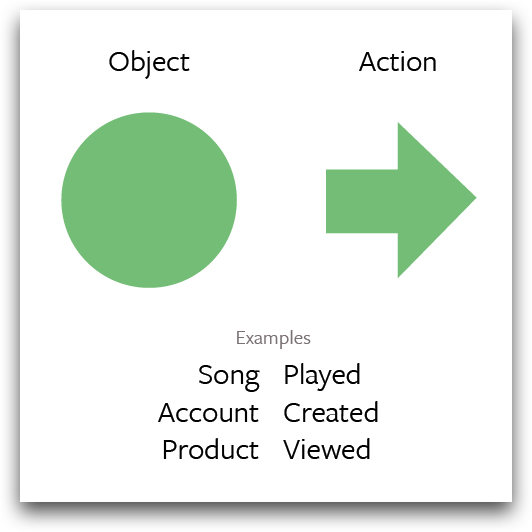
Let’s start by defining what an event is.
An event is a packet of data that is sent from one location to another when ‘something happens’. It represents a single instance of behaviour taking place on a website or app, it is usually pinned to an identity (even anonymous identities), and the packet of data can contain whatever specific or contextual information you would like to include.
The Click-stream
![]()
The clickstream is the recording of a user’s interaction with a website and or other software application in the course of their browsing. The click stream is simply a record of ‘clicks’ or request between documents on a server. Therefore, the most commonly tracked clickstream data is page views.
The event stream is far broader in its application, and far more granular. Where clickstream events are generally collected in the normal browsing of a website, event stream data is specifically defined by the marketer or product manager based on what they would like to track. An example would be the event: ‘User signed up’. This is not browsing activity, so it has to be sent differently using Javascript.
Put simply: the clickstream tracks changes between two pages and the event stream tracks changes in state on a single page.
Choosing your preferred method of tracking all comes down to what you want to track.

Identity-based event tracking uses the event stream because the events are often reflective of a user’s behaviour across a long period of time. With an identity system, you can log these events to a unique user’s profile.
A simpler example of an identity platform is Intercom. If you wish too, you can install the Intercom tracking script on your website. Intercom will begin tracking clickstream events of users, but also event stream events from the same client or other clients. This isn’t cookie-based remember – the script on your website is sending the information directly to Intercom, and if you have a User-ID system, Intercom will record all of the events it receives against the user ID or user profile that triggered them.
In summary, cookie-based identities are designed to assist with click stream behaviour tracking. Whereas identity based javascript identities are designed for event-stream behaviour tracking.
So, how is all of this useful? Behavioural marketing.
The Right Message, to the Right Person at the Right Time
Okay, so now that we have a general understanding of the difference between cookie-based data collection and event-based data collection, it’s time to explain how all of this becomes useful.

To do this, let’s extend the concept of behavioural marketing.
There are many platforms, tools, technologies and people out there who offer up versions of a definition of behavioural marketing. But what is it exactly?
In our opinion, behavioural marketing is best described as:
- Getting the right message
- In front of the right person
- At the right time.
Tracking user identities gives you the right person, tracking their events gives you the right time, and your own creativity (and the context) will help you craft the right message.
If we know who a user is, and we know what actions they are taking on our website or app, we can communicate with them in a much more meaningful way.
Let’s take a moment to explore a quick case study.
Case study: Spotify
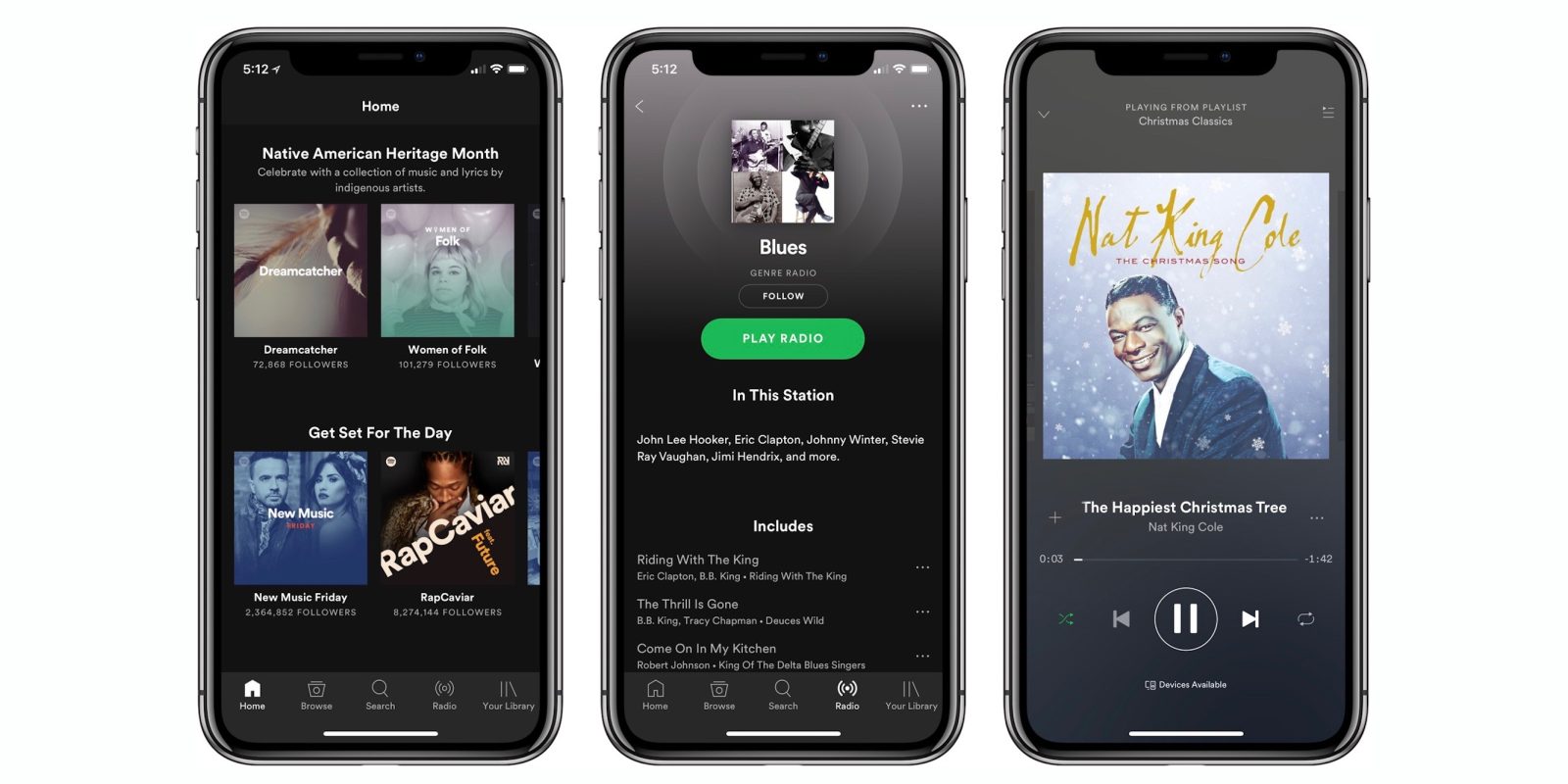
Imagine you are responsible for the marketing of the Spotify music application. Spotify is about to release an app for the Apple Watch in an attempt to increase retention on the iOS platform. Your job, as the product marketer, is to announce this new service to your customers.
Let’s use the ‘right person’, ‘right message’, ‘right time’ framework to solve this problem.
First, we need to determine the right person; exactly who should we advertise the apple Watch App to (let’s build a segment, rather than promoting this to all of our users).
The good thing is that you have been tracking users using direct javascript identites along with eventstream events. At spotify, a generic ‘New Session’ event is triggered every time a user starts a new session on Spotify. One of the attributes sent in this event is the device type and operating system. It looks something like this:
event.newSession {
deviceType: "mobile",
operatingSystem: "iOS"
}
When you call the identify method and pass through these attributes, the user object is updated with new ‘traits’. Traits are the descriptors of the user, the things about them that make them unique.
Let’s head over to our event-based marketing platform, Vero, and run a simple query agains the user base to help us produce generate the segment. We can do this by selecting all users who have triggered the event ‘newSession’ where operatingSystem was equal to “iOS” and device was equal to “Watch”. Great, we have found ‘the right people’.
Next, let’s consider how we might construct the ‘right message’. The definition of “right message” is the one that converts the highest. The trick here is that because we can be confident about exactly who the audience is, we can be far more targeted with our message.
A message like “Spotify now available on smart watches” is unnecessarily vague for this audience. Whereas, ‘Install Spotify on Your Apple Watch’ is better, and we can do because of a higher sense of confidence that no one will ask about other watches, seeing as these are iOS users. However, this message still lacks the punch required to drive conversion (more on this later).
Seeing as we know who this person is, we also know their playlists and what song they just listened to. We can now incorporate this into the message. For example, “Listen to Avici Levels on your Apple Watch.”
As you can see, a whole new level of personalisation is available when tracking users in this way, and marketing to them accordingly.
Lastly, we need to decide upon the right time to show this add.
For every communication (email, text, display, push) there are two ‘right times’, one you’re in control of as the sender and one you’re not (when it’s opened/received by the recipient). But with event streaming, we can actually control both. Here’s how.
We can use an event to fire this communication at the right time. For example, we could use the ‘newSession’ event to fire an in-app pop-up message containing our advert. In this scenario, the user would open the iOS app on their smartphone and see the pop-up advert instantly.
Or, we could fire this message the first time a user triggers the event ‘newSession’ after having triggered the event ‘playsSong’ where the song’s artist was equal to ‘Coldplay’ and the time of day is between 5pm and 9pm in the user’s timezone.
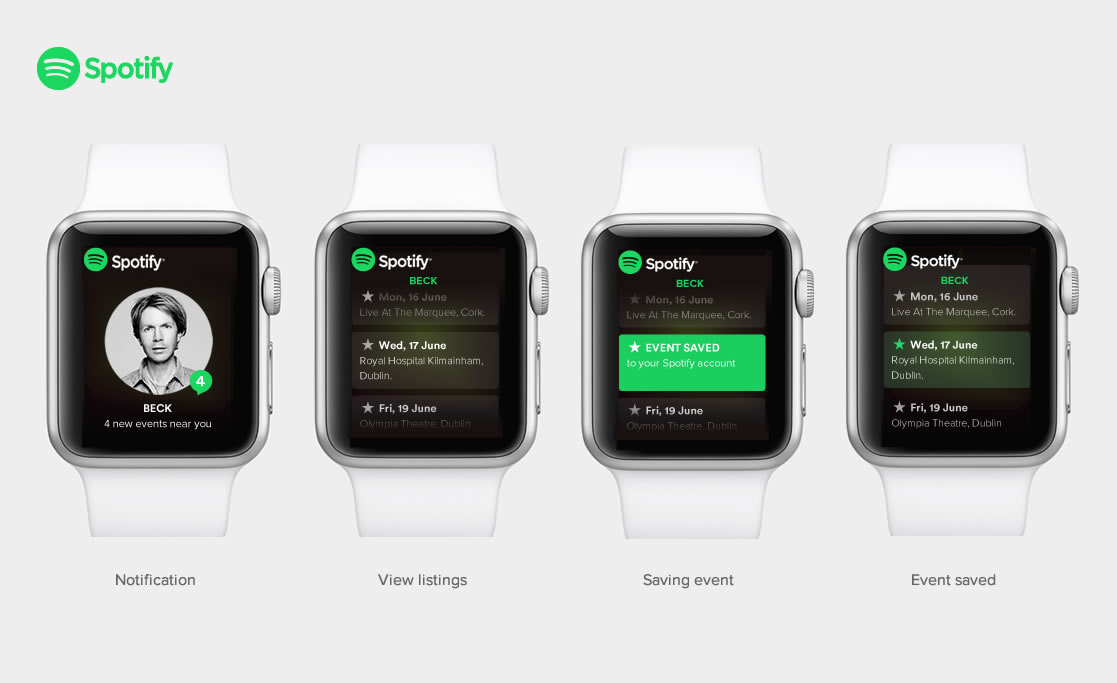
This is the level of personalisation event-streaming provides behavioural marketing campaigns, and this is why you should build event-based marketing into your Growth Machine.
Getting Started with Event Streaming
Yes, setting up event stream events and tracking users will certainly require technical expertise. But, the good news is that this technology has been around a while and there are lots of tools that will make this easier for you, so long as you understand the concepts and can navigate your way around your app or website’s codebase (message from the future: learn to code).

Hi Will – thanks for the hugely insightful articles. If I were to take your advice and learn how to code, what would be the best language to learn [first] in this context?
Hey Lewis,
It’s hard to say. But I personally learned in this order: HTML, CSS, JavaScript, Ruby and currently on Gatsby and Vue.
Hope that helps.